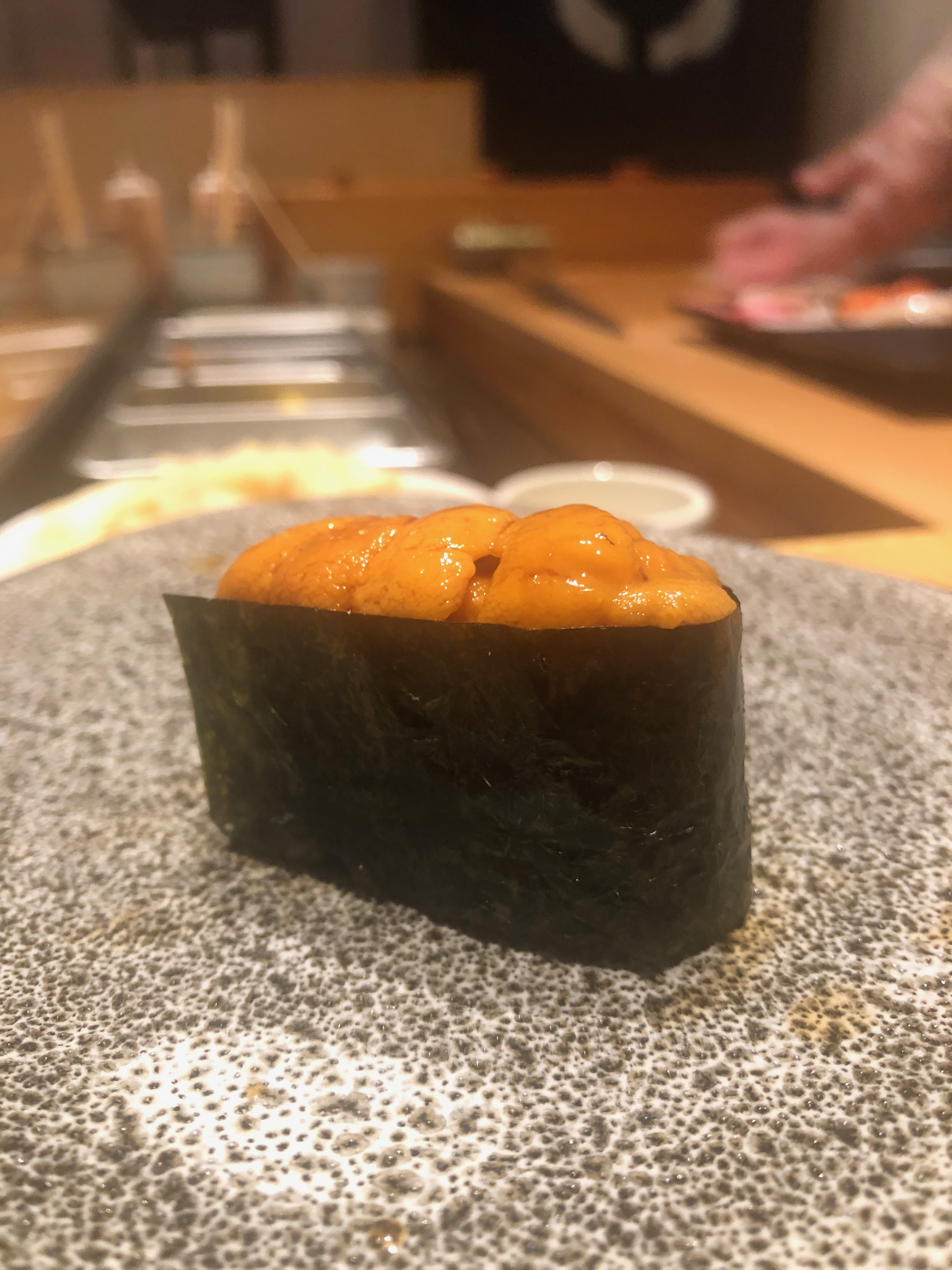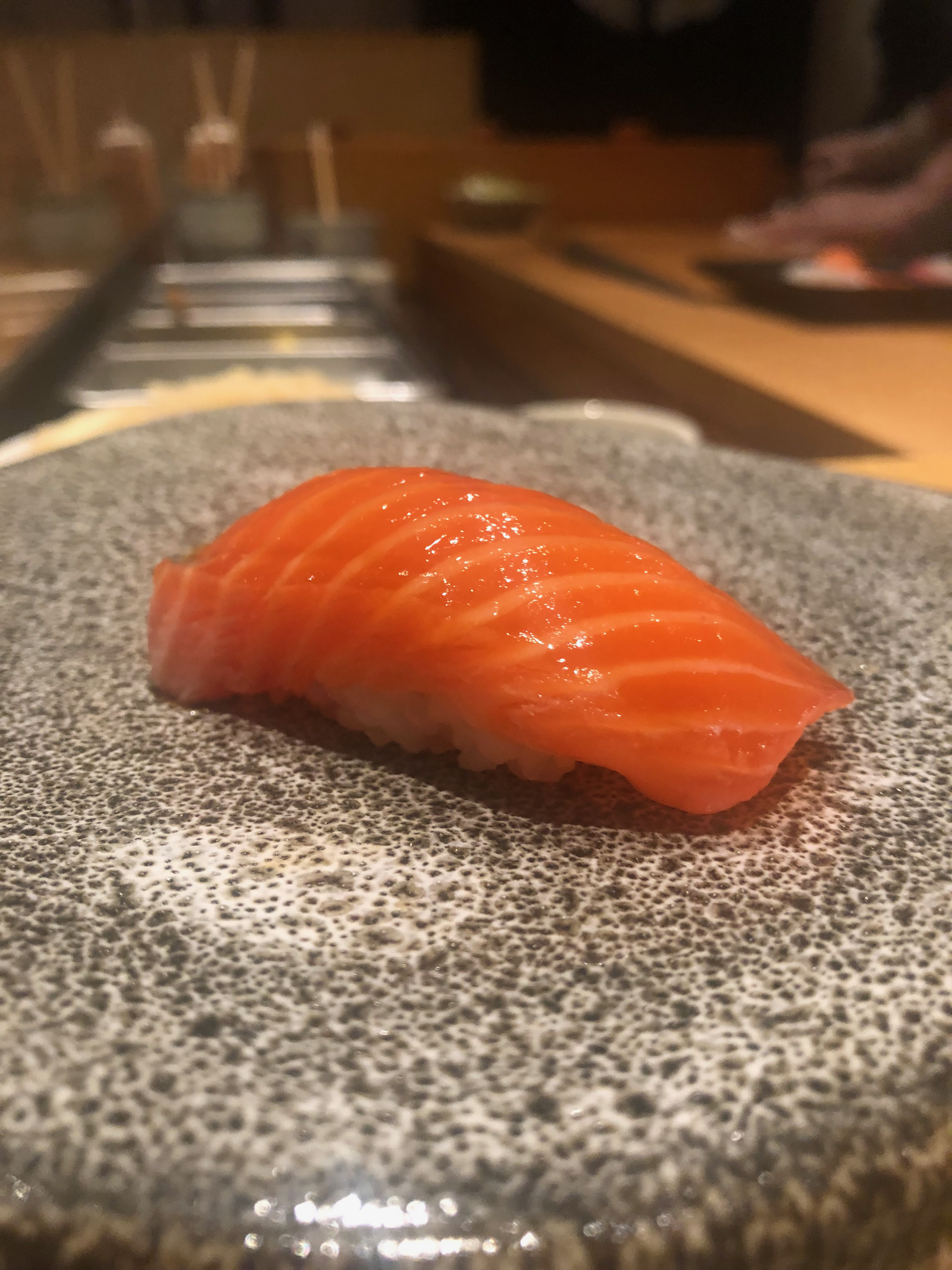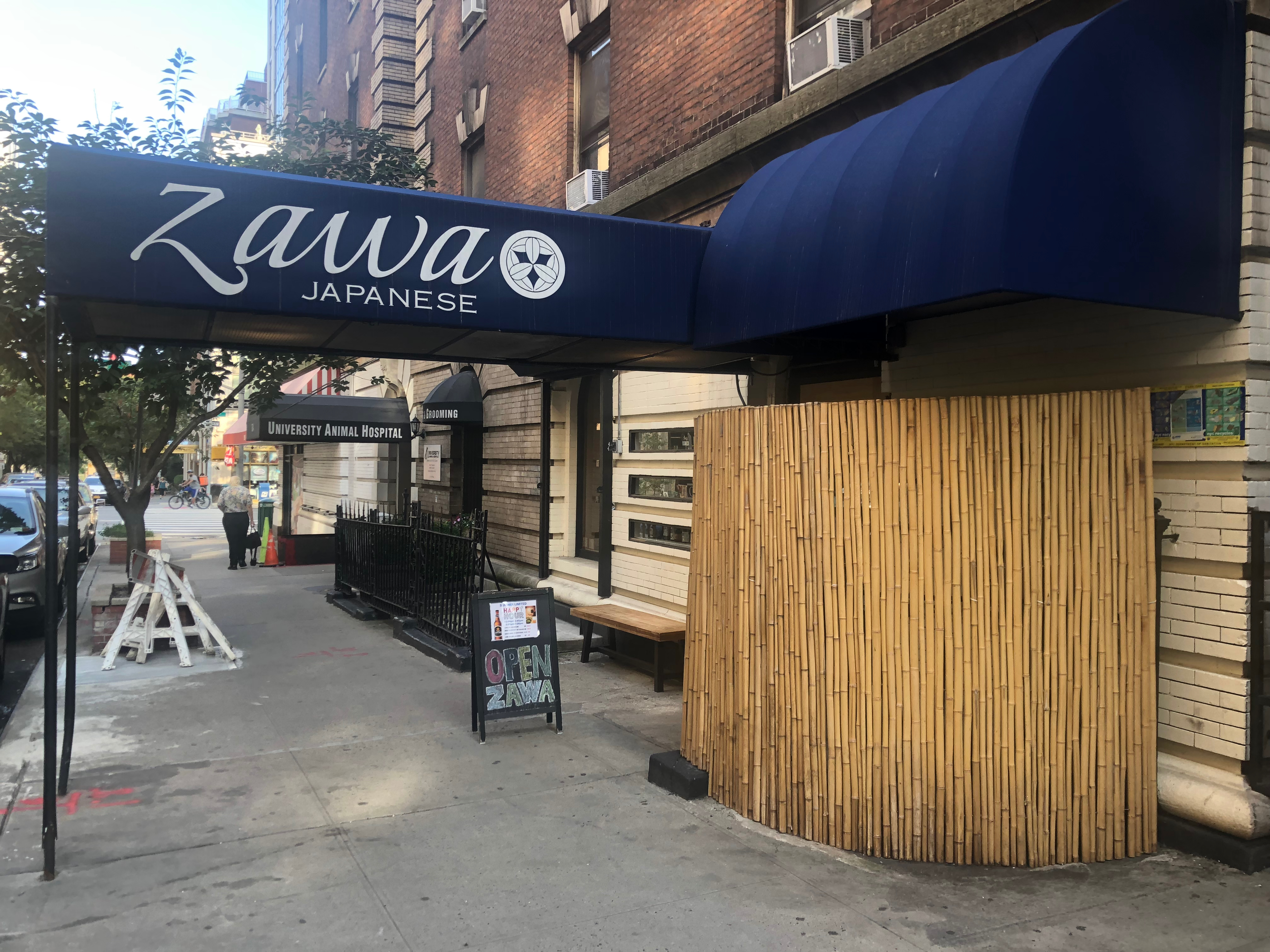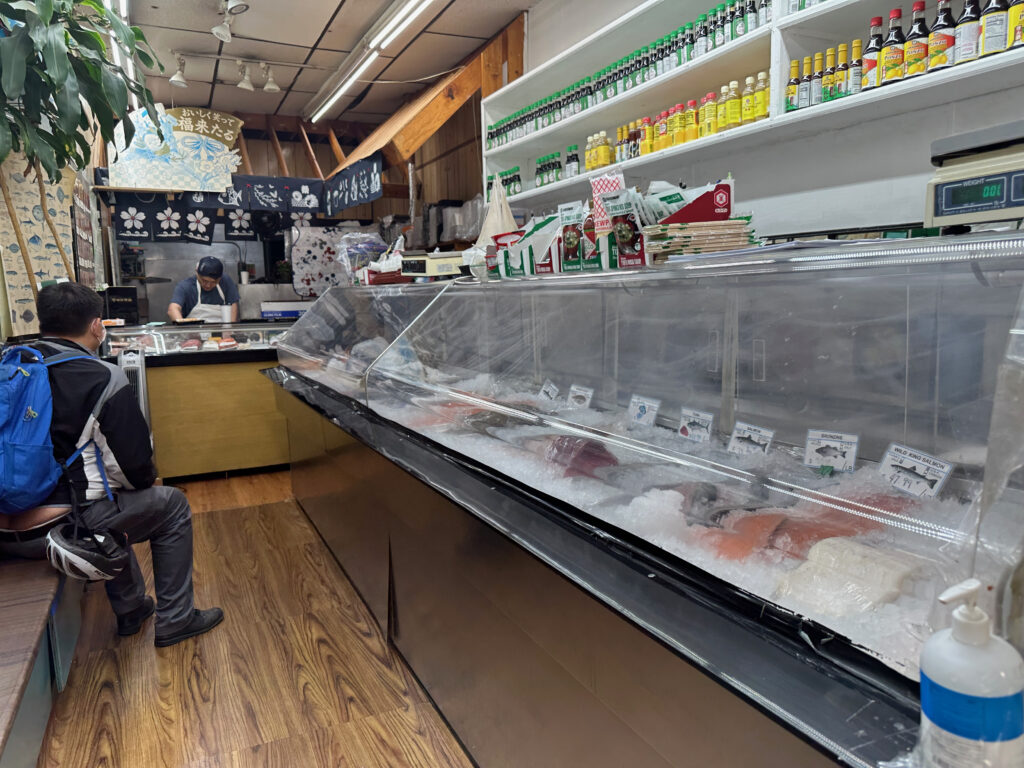In retrospect, visiting Zawa Japanese Restaurant was what I imagine Tulio felt in his journey to El Dorado in Disney’s 2000 classic, “The Road to El Dorado”. Getting to New York City’s upper east side isn’t (probably?) as difficult, but Zawa flies under the radar enough in this city’s overheated sushi scene that I feel completely comfortable making that absolutely bang-on-can’t-be-questioned comparison. Not only is Zawa one of the most reasonably priced Omakase options in the city, but’s also one of my personal favourites.
The million dollar question is why it isn’t more popular? Where are the ‘Grams, the fawning Eater profiles, the videos? My working theory is something called “Herd Mentality”, one of the smartest concepts I’ve ever heard (in the past week). Here’s the best way to explain it: if you’ve been paying attention to Coronavirus (please stay the fuck inside/away from others by the way), you may have seen the mile-long lines outside the big box retailers, while your average convenience store/deli/bodega/mart – with most of the same stuff – is the embodiment of the tumbleweed blowing down the dusty street.
That phenomenon – where people follow others despite overwhelming evidence that it’s not rational – is called “Herd Mentality”. That’s not to be confused with the reason why people aren’t shopping at the asian-american grocery stores, which is most likely good old-fashioned xenophobia.
So what’s up? Why are other Omakase options in this city, even the similarly priced Sushi by Bou or Sushi Kaito, so much more popular? Part of the explanation might be the location – Zawa is far off the subway, way east – and part might be that it’s primarily known as a neighborhood sushiya, perfect for families, not so for the cultural zeitgeist that drives the discussion online.
And let’s be frank with eachother folks – that’s not a bad thing. Not every great restaurant needs to burn bright and come crashing down in the public eye like a shooting star. Some are better left to the traditional word-of-mouth that you might find have found back in the day (alongside a Frommer’s).
Makoto Yoshizawa, ex of Sushi Dojo, runs the place. Under his stewardship, Zawa takes on all of the characteristics of the welcoming neighborhood sushiya (or even restaurant) that we all picture when we close our eyes: Warm Service, experienced Chef, involved Owner, families galore. The main difference to your local St. Hubert’s (if you get that reference, I’ll toss you a t-shirt). is that immediately adjacent to the tables is an 8 seat omakase-focusd counter. Obviously the experience is better at the counter (duh), but regardless of if you’re eating in the restaurant or enjoying their COVID-friendly take-out menu, you’re in good hands with Yoshizawa-san.
Zawa has a full menu for the tablegoers, but the discerning sushiphile will zero in on the two Omakase options: $75 for ten pieces of nigiri, with temaki and a miso soup or salad, or $105 for the same plus 5 additional nigiri. The ingredients are sourced from all the familiar hot spots but it’s the rice – the shari – that shines. There’s a few thousand things that make great rice, but it’s the three Ts that drive my bus: temperature, texture and taste. It’s hard to tell from the pictures, but Yoshizawa-san’s shari is what I’ll remember from my meal. Fair warning: I basically opened the place by getting there at 5:30 but Yoshikawa-San, who has been in the industry for a while, is a pro. I’m sure the rice is great throughout dinner service.
If you look at the pictures, you’ll notice that virtually all of the nigiri are served free from the bells and whistles that are commonplace at other sushiya at similar price points in New York City. Even the preparation of the Aji (horse mackerel), served with negi (green onion), designed to contrast the sharper taste of the hikari-mono (silver-skinned fish). The muted approach works well for Tane (toppings) that are classic edomae, like the colorful Hamachi (above right), the Botan Ebi (peony shrimp), the Shima Aji (striped jack), the three cuts of tuna (Akami, Chu Toro and O Toro) and the more modern showstopper, Uni (sea urchin). Other tane, like the Sake (salmon) and Masu (Ocean Trout) are not just eye candy, they’re more savoury changes of pace. The served Temaki, a chopped tuna “handroll” mixed with the spicy mayo that is ubiquitous with North American sushiya, is not my jam, but I recognize that it’s probably one for the masses (e.g. why The Avengers made more money than Springbreakers).
Zawa Japanese is a delightlful marriage of neighborhood sushiya and an “open door omakase”, a term I literally just made up. To wit, my first time at the 7 seat counter had three people: yours truly, a father and his daughter (introduce your kids to different cultures please!). No high snobiety, no hushed voices, no scared customers and no gatekeeping. It’s the perfect Omakase for taking your kids.

















